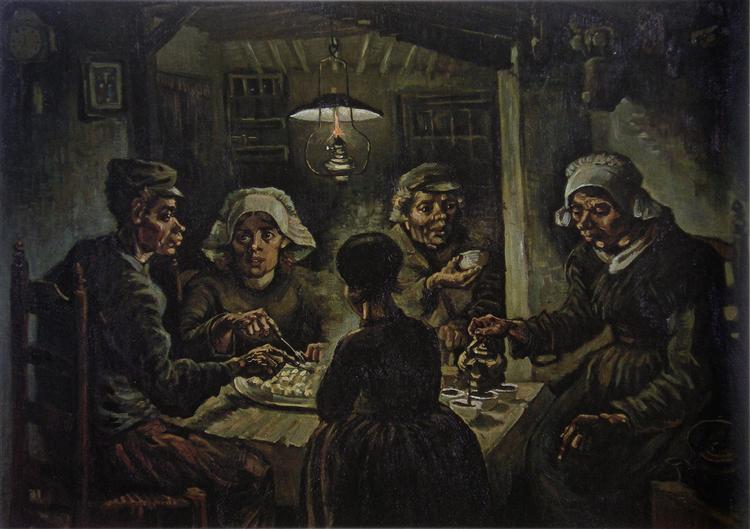how to listen to music if you don’t know your Beethoven from your Bach, Vl



for my sister
a competition program that pits
youngsters against each other,
but on a variety of instruments,
with some operatic voice, has
riveted us to our sets on Friday
evenings, seven o’clock local
time throughout Canada
out of the province of Quebec,
however, and therefore in
French
“Virtuose“ lives up to its name
with extraordinary performances
from mere children, and some
adolescents, you can catch all of
the past episodes, and performers,
on their website
last week a young man delighted
us with a movement from a bassoon
sonata, an unlikely instrument, of
Saint-Saëns, his opus 168
my sister expressed surprise,
un basson, she marvelled
quickly I sought out, of course, the
full composition, it’s otherwise for
me like reading one chapter only
out of a book
it’s a short piece, no longer the
grand statements of the earlier
Romantic Period, but a series of
pastiches, fleeting impressions,
impromptu ruminations rather
than extended dissertations,
something like what I’m doing
here with these texts
you’ll recognize also a similar
approach in other composers of
the period, Debussy especially,
but too Satie, Ravel, Poulenc to
name only a few, the speed of
the new century precluded
extended musical peregrinations,
you’ll remark on the dearth of
symphonies, concertos,
composed during this epoch
the composition is in G major, my
cleaning lady had come over, was
already busy in an adjoining room
at the time, I was nearing the
end of the first movement, the
allegro moderato, a wistful
evocation of spring, I thought,
an innocent, fragile blossom
unfurling its delicate petals
with unaffected grace and
unconscious poetry
the final note sounded, the
bassoonist removed his lips from
the tube, but the note kept on
playing, coming, as I soon
understood, not from the video I
was watching, but from the other
room, Jo had turned on the
vacuum cleaner
o my god/dess, I uttered, hurried
over to where she was, subdued
my enthusiasm in order not to
unduly rattle her, as I brimmed
with my scintillating insight
your vacuum cleaner vacuums in
G, I gushed when she turned to
acknowledge me, it continued the
last note, I explained, of the first
movement of my sonata, Saint-
Saëns’ – say that three times with
a lisp, I interjected – until you
turned your vacuum cleaner off,
which is also, I pointed out, a
wind instrument
her delight was modest compared
to mine, however ever nevertheless
congenial, and quickly she returned
to her duties
I went back tickled pink to my
monitor and the following
movement, the sprightly and equally
enchanting allegro scherzando
Richard
“Woods Near Oele“ (1908)
______
if my last entry was about an “Étude
in the Form of a Waltz“, an unlikely
combination, here’s an essay in the
form of a poem, kind of like my
own stuff
Richard
______________
At dawn when rowboats drum on the dock
and every door in the breathing house bumps softly
as if someone were leaving quietly, I wonder
if something in us is made of wood,
maybe not quite the heart, knocking softly,
or maybe not made of it, but made for its call.
Of all the elements, it is happiest in our houses.
It will sit with us, eat with us, lie down
and hold our books (themselves a rustling woods),
bearing our floors and roofs without weariness,
for unlike us it does not resent its faithfulness
or question why, for what, how long?
Its branchings have slowed the invisible feelings of light
into vortices smooth for our hands,
so that every fine-grained handle and page and beam
is a wood-word, a standing wave:
years that never pass, vastness never empty,
speed so great it cannot be told from peace.
“Homage to Erik Satie“ (c. 1926)
________
the very variety, the infinite variety,
of possibilities in music, in any art,
in any craft, in any even venture,
has had me believe in a diversified
world rather than the monotheistic
one we’ve been trained to ascribe
to, I believe in Olympus rather than
in Purgatory, Hell, and Heaven, I
see many more variations on a
theme, always, than immutable
objects, we are even ourselves in
constant, ever evolving, flux, look
at me, I’m not the boy, not the even
young man I used to be, though I
was never, of course, as wise as
I am now, later in life, or so I feel
I can continue to tell myself, ha ha
on this multiplicity read the
accomplished and convincing
Martha Nussbaum, incidentally
as an example of this exuberant
fruition consider this wonderful
interplay of artists and forms,
Ysaÿe‘s “Caprice d’après l’étude
en forme de valse de Saint-Saëns“,
“Caprice on the Study in Waltz
Form of Saint-Saëns”
here’s the study, “Étude en forme
de valse, op 52, no 6“, from which
it’s taken
don’t overlook either the “exuberant
fruition” above, the Dali on Satie
or find it again right here, just click
Richard